Menu
When a tree is cut down, many assume that’s the end of its life. However, nature has a remarkable way of surprising us. Under the right conditions, a tree can grow back, as long as you don’t conduct stump grinding. The process of a tree growing from a stump isn’t as straightforward, and understanding the factors that influence regrowth can help. If you are unsure whether to let nature take its course or take additional steps to prevent unwanted growth, Driscoll Tree Service is the go-to tree care company for tailored solutions. Let’s discuss crucial factors that contribute to tree regrowth for a more informed decision.

One of the most significant factors in whether a tree can grow back from a stump is the health and extent of its root system. When a tree is cut down, the roots remain alive and active for a period, even without the trunk and branches. These roots store energy and nutrients that can fuel fresh growth. If the root system is strong, it can send up fresh shoots from the stump, leading to the regrowth of the tree. However, the vigor of this regrowth can vary depending on the species of the tree and the condition of the roots.
As stated, tree species are crucial in determining regrowth. However, not all trees can regrow from a stump. Some species are more resilient and likely to regenerate, while others may not. Deciduous trees like poplars, willows, and oaks are known for their ability to sprout new shoots from stumps. Coniferous trees, such as pines and spruces, are less likely to regrow from a stump. The differences in regrowth potential are based on biological characteristics of the species. If you cut down a tree and want to minimize the risk of regrowth, consult a tree service professional to determine whether tree removal or grinding are necessary, especially for deciduous trees.
The environment plays a critical role in whether a tree stump will produce new growth. Sunlight, water, and soil quality all contribute to the success or failure of stump regeneration. A stump that receives ample sunlight and water is more likely to produce healthy shoots. In addition, nutrient-rich soil can provide the sustenance for fresh growth. For those without It is advisable to work with professional tree service providers who understand the environmental factors and how thy contribute to a tree growing from a stump.

Whether you want to encourage regrowth or prevent it, stump treatment is crucial. If you want the tree to grow back, leaving the stump undisturbed and ensuring it receives adequate water and sunlight is essential. However, if regrowth is undesirable, you may need to prevent it. Hire a tree care company in Loganville to apply the appropriate stump-killing chemicals, conduct stump grinding, or covering it with a barrier to block sunlight and prevent shoots from emerging. Arborists can recommend a suitable approach depending on your long-term goals for the area where the tree once stood.
Whether a tree can grow back from a stump depends on the species of the tree, the condition of the root system, environmental conditions, and how the stump is treated. Contact us at Driscoll Tree Service and schedule a consultation with our certified arborists to manage tree stumps on your property. Whether you want to nurture new growth or a complete tree removal, we can help you maintain a lush and safe yard.
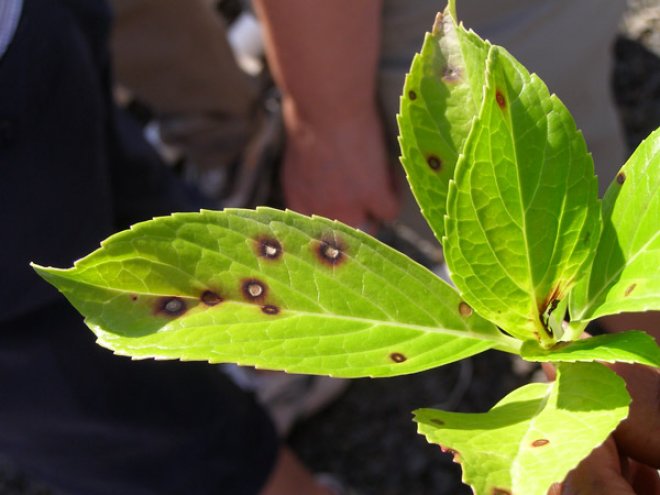
Brown or Black Spots on Tree Leaves As a homeowner, landscaping enhances curb appeal, safety, and property value. This includes scheduling routine inspections with a professional tree service provider. Trees provide many benefits to your home and the ecosystem, hence…
Read More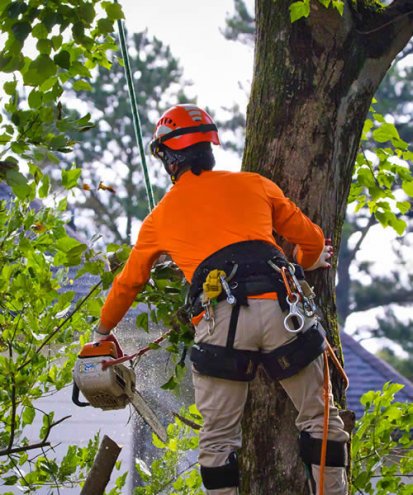
How Bad Pruning Can Damage Your Trees Pruning trees is essential for enhancing your property’s aesthetics and promoting tree health and longevity. When done correctly, pruning can rejuvenate a tree’s growth and improve its appearance. However, bad pruning practices can…
Read More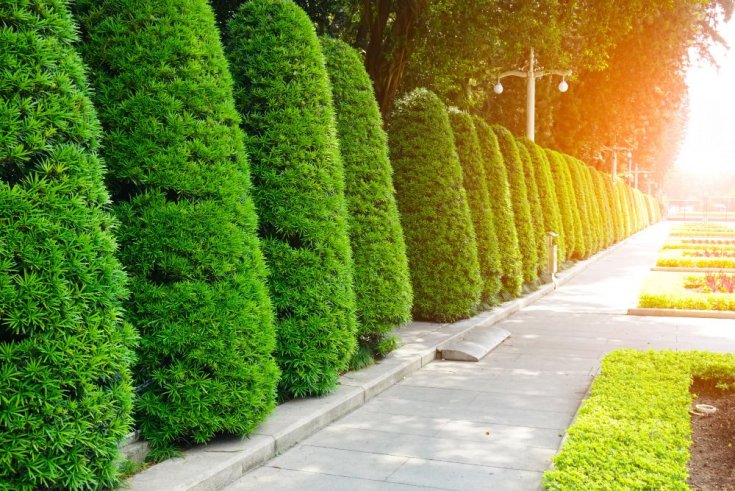
The Best Landscaping Services for Residential and Commercial Properties Landscaping enhances residential and commercial properties’ aesthetic appeal, functionality, and overall value. When most people think of landscaping, images of lush green lawns and vibrant gardens come to mind. However, landscaping…
Read More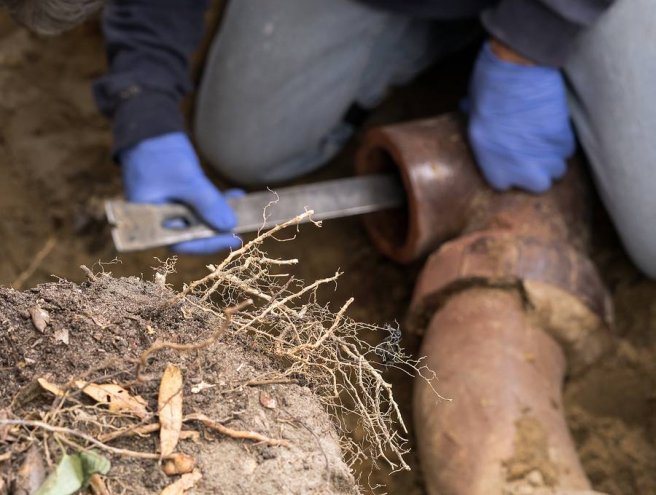
How Tree Roots Damaging Your Pipes Trees are attractive elements in your garden that provide shade and enhance the beauty of your space. However, the giant trees can cause problems to your property’s foundation and plumbing system. These roots are…
Read More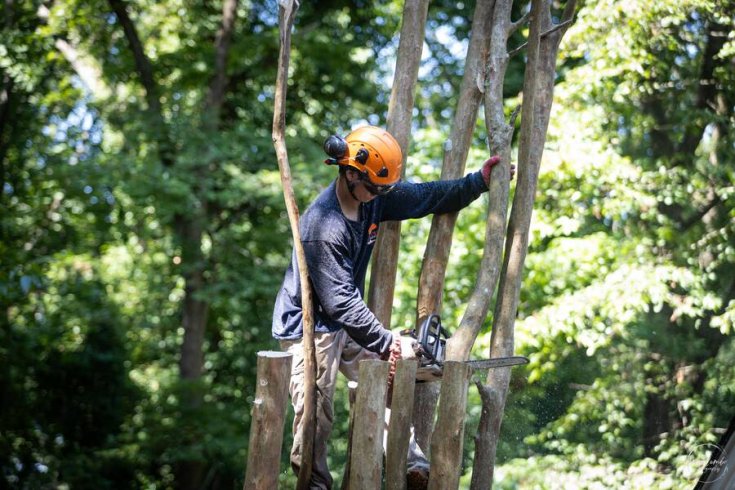
3 Reasons to Have Your Fruit Trees Trimmed This Year Tree trimming might seem like just a haircut for your trees, but it’s much more than aesthetics when it comes to fruit trees. Annual trimming plays a vital role in…
Read More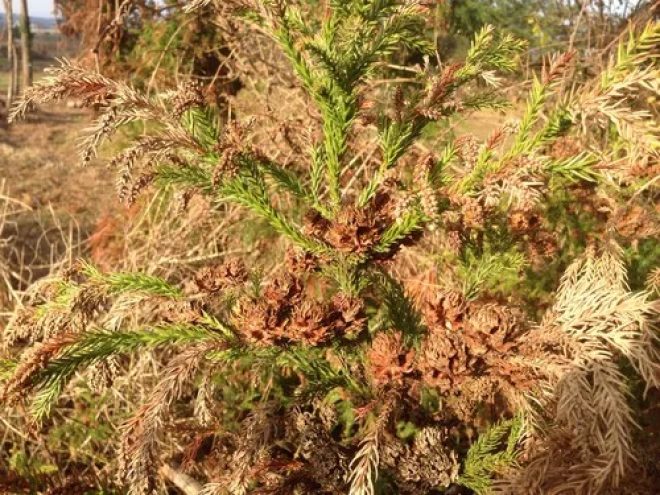
How to Fix Evergreen Trees Turning Brown Evergreen trees are known for their lush foliage that remains vibrant throughout the year, providing beauty and stability to our landscapes. However, when those green needles or leaves turn brown, it’s often a…
Read More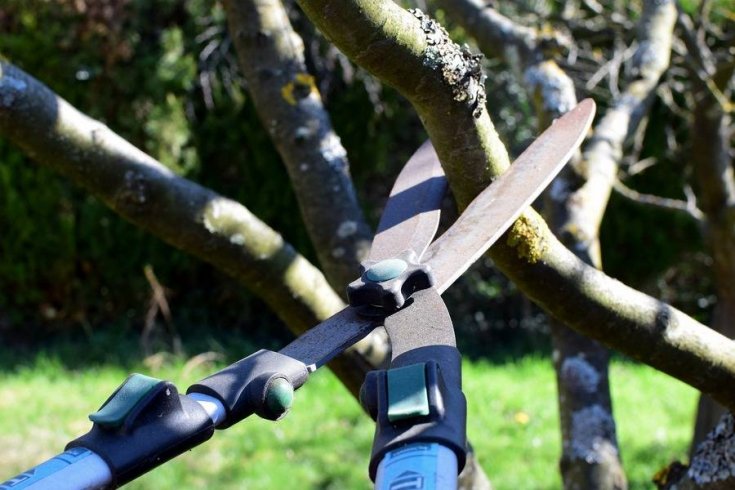
3 Commonly Used Tree Trimming Tools Trees offer many benefits, making them a valuable addition to any landscape. Like most living things, proper care is vital for growth and development, hence the need to schedule routine inspections with a professional…
Read More
Benefits of Trees Did you know trees cover nearly 40% of the country? Despite trees' many benefits, they are often overlooked and may not receive proper care. At Driscoll Tree Service, we appreciate the role of trees in the ecosystem…
Read More
Debunking Common Myths About Tree Removal Trees are magnificent entities that provide many advantages. However, different circumstances like disease, infestation, landscaping needs, or severe damage may prompt tree removal services. While healthy greenery is an asset for property owners, when…
Read More
Common Mistakes to Avoid When Trimming Fruit Trees Trimming is one of the best things you can do for your fruit trees—but only if you do it correctly. At first glance, this task may seem like an easy task, but…
Read More